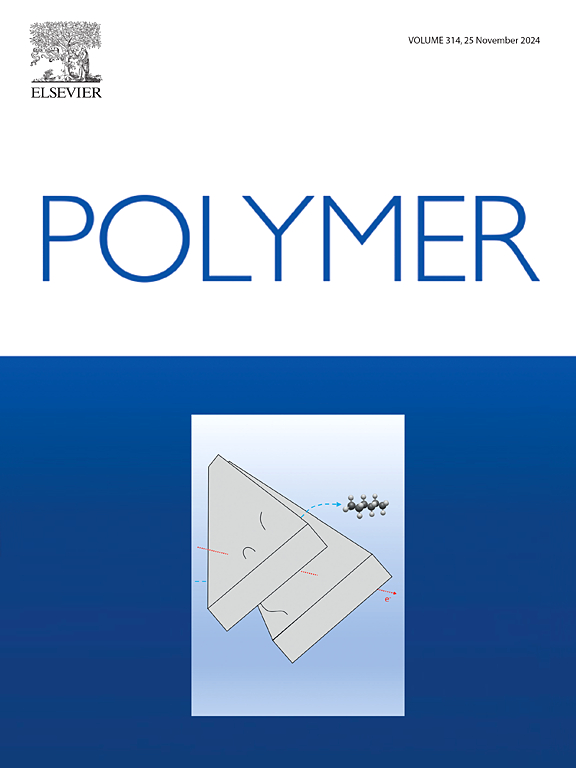Machine learning-assisted development of conductive polymers
IF 4.1
2区 化学
Q2 POLYMER SCIENCE
引用次数: 0
Abstract
Machine learning (ML) techniques are increasingly being used to predict and enhance the performance of new materials, including conductive polymers, which are valued for their unique electrical properties. These materials are crucial for a range of applications, such as electronics, energy storage, and sensors. This paper provides a comprehensive review of the properties and applications of major types of conductive polymers, including intrinsic, doped, and nanocomposite-based systems. The concept of “Face IDs” is introduced as an analogy for the key chemical features and properties of conductive polymers, helping to translate complex chemical structures, fabrication parameters, and performance indicators into machine-readable descriptors. This approach bridges experimental polymer science with advanced data-driven methodologies. Additionally, the paper explores the current progress of ML-assisted design in advancing conductive polymers, with a focus on optimizing properties such as electrical conductivity, mechanical strength, and thermal stability. However, challenges persist in applying ML for the development of new conductive polymers with desired properties, such as the limited availability of high-quality datasets, the complexity of polymer structures, and the need for better models for reverse design. This review aims to facilitate collaboration between researchers in the fields of polymer science and ML, highlighting the potential of interdisciplinary efforts to drive innovation in the development of next-generation conductive polymers.
机器学习辅助导电聚合物的开发
机器学习(ML)技术越来越多地被用于预测和增强新材料的性能,包括导电聚合物,这些材料因其独特的电性能而受到重视。这些材料对于电子、能量存储和传感器等一系列应用至关重要。本文全面综述了主要类型的导电聚合物的性能和应用,包括本征、掺杂和纳米复合体系。“人脸识别”的概念是作为导电聚合物的关键化学特征和特性的类比,有助于将复杂的化学结构、制造参数和性能指标转化为机器可读的描述符。这种方法将实验聚合物科学与先进的数据驱动方法联系起来。此外,本文探讨了机器学习辅助设计在推进导电聚合物方面的最新进展,重点是优化电导率、机械强度和热稳定性等性能。然而,将机器学习应用于开发具有所需性能的新型导电聚合物方面仍然存在挑战,例如高质量数据集的可用性有限,聚合物结构的复杂性以及需要更好的反向设计模型。这篇综述旨在促进聚合物科学和机器学习领域的研究人员之间的合作,强调跨学科努力推动下一代导电聚合物开发创新的潜力。
本文章由计算机程序翻译,如有差异,请以英文原文为准。
求助全文
约1分钟内获得全文
求助全文
来源期刊

Polymer
化学-高分子科学
CiteScore
7.90
自引率
8.70%
发文量
959
审稿时长
32 days
期刊介绍:
Polymer is an interdisciplinary journal dedicated to publishing innovative and significant advances in Polymer Physics, Chemistry and Technology. We welcome submissions on polymer hybrids, nanocomposites, characterisation and self-assembly. Polymer also publishes work on the technological application of polymers in energy and optoelectronics.
The main scope is covered but not limited to the following core areas:
Polymer Materials
Nanocomposites and hybrid nanomaterials
Polymer blends, films, fibres, networks and porous materials
Physical Characterization
Characterisation, modelling and simulation* of molecular and materials properties in bulk, solution, and thin films
Polymer Engineering
Advanced multiscale processing methods
Polymer Synthesis, Modification and Self-assembly
Including designer polymer architectures, mechanisms and kinetics, and supramolecular polymerization
Technological Applications
Polymers for energy generation and storage
Polymer membranes for separation technology
Polymers for opto- and microelectronics.
 求助内容:
求助内容: 应助结果提醒方式:
应助结果提醒方式:


